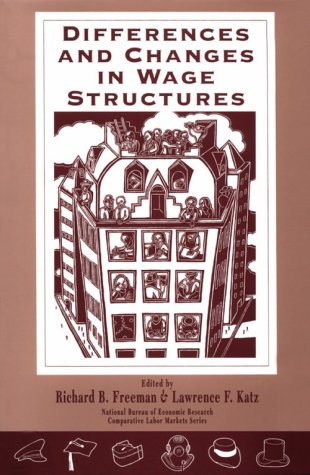National Bureau of Economic Research Conference Report
1 primary work • 2 total works
Book 1997
The Welfare State in Transition
by Richard B. Freeman, Robert H Topel, and Birgitta Swedenborg
Published 2 September 1997
Once heralded in the 1950s and 1960s as a model welfare state, Sweden is now in transition since its economic plunge in the early 1990s. This volume examines Sweden's economic problems from a US perspective, exploring such diverse topics as income equalization and efficiency, welfare and tax policy, wage determination and unemployment, and international competitiveness and growth. It considers how Sweden's welfare state succeeded in eliminating poverty and became a role model for other countries. The book then reflects on Sweden's past economic problems, such as the increase in government spending and the fall in industrial productivity. Finally it reviews the consequences of the collapse in Sweden's economy in the early 1990s, exploring the implications of its efforts to reform its welfare state and re-establish a healthy economy.
Differences and Changes in Wage Structures
by Richard B. Freeman and Lawrence F. Katz
Published 15 October 1995
During the past two decades, wages of skilled workers in the United States rose while those of unskilled workers fell; less-educated young men in particular have suffered unprecedented losses in real earnings. These 12 essays explore whether this trend is unique to the United States or is part of a general growth in inequality in advanced countries. Focusing on labour market institutions, and the supply and demand forces that affect wages, the papers compare patterns of earnings inequality and pay differentials in the United States, Australia, Korea, Japan, Western Europe and the changing economies of Eastern Europe. Cross-country studies examine issues such as managerial compensation, gender differences in earnings, and the relationship of pay to regional unemployment. The contributors attribute changes in relative wages and unemployment among countries both to differences in labour market institutions, and training and education systems, and to long-term shifts in supply and demand for skilled workers. These shifts are driven in part by skill-biased technological change and the growing internationalization of advanced industrial economies.

